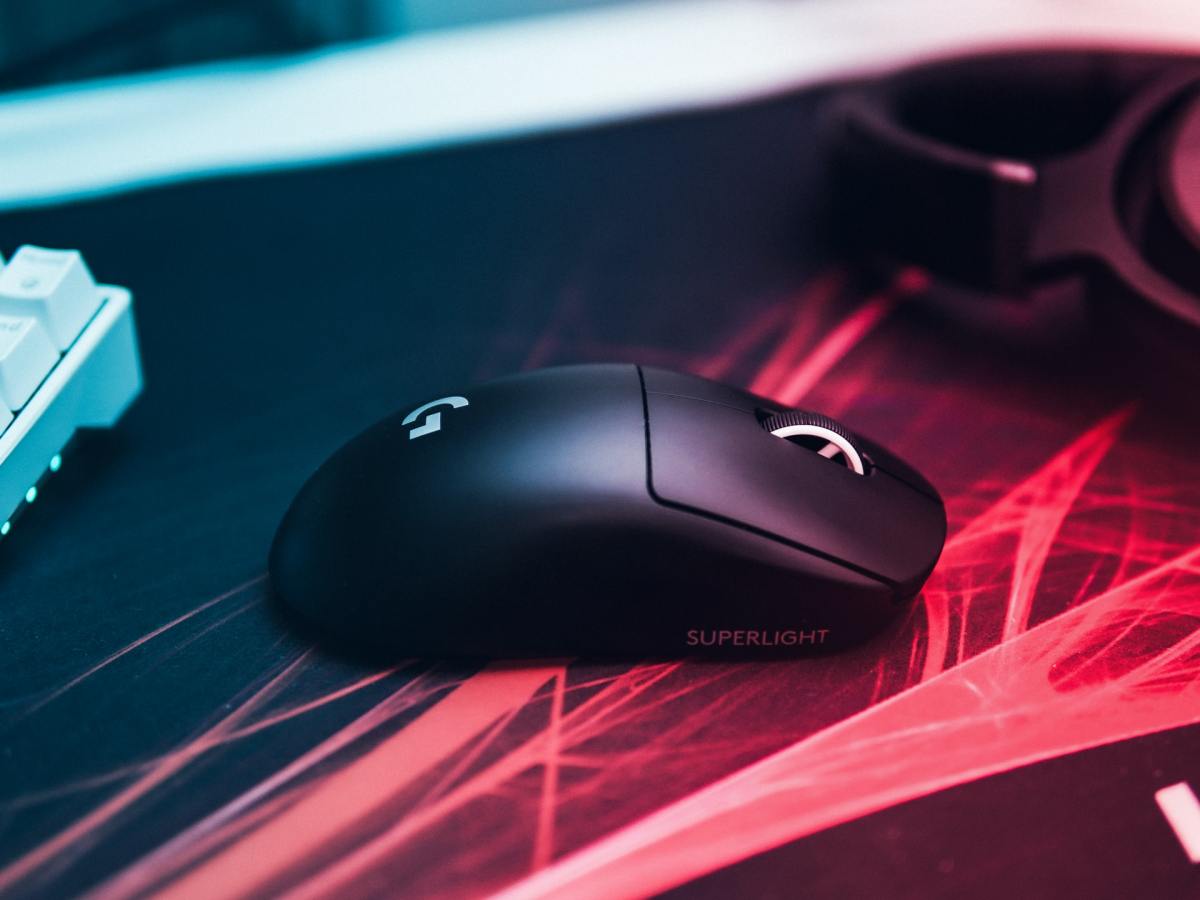When researching some of the best gaming mice on the market, there are many features to consider. These considerations often include wired vs. wireless, the shape of the mouse, and of course, the mouse CPI and DPI ranges. While many gamers frequently use DPI and CPI interchangeably, there is a difference between them. So, what is the difference between CPI and DPI?
DPI
DPI stands for dots per inch. This refers to the number of “dots” or pixels that can fit in a straight line within an inch of space on the computer screen. Since DPI focuses on the view on the computer screen, DPI refers to how much the mouse cursor moves around on the computer screen given user input.
CPI
CPI stands for counts per inch. Counts are the units of measurement used for the mouse sensor itself. In this case, the higher the CPI rating, the more counts are registered when moving the mouse, making the mouse with a higher CPI rating more sensitive. While DPI is about how the mouse cursor reacts to movement on the monitor screen, CPI focuses on the movement picked up by the mouse sensor itself.
At the end of the day, both CPI and DPI are often used to refer to mouse sensitivity. The main difference comes from the viewpoint of the company. If the viewpoint focuses on the mouse cursor on the display, it’s referred to as DPI. If focusing on the viewpoint of the mouse sensor itself, it’s referred to as CPI. The higher the CPI and DPI values, the further the mouse cursor will move related to user input.
For those looking for a new mouse, be sure to check which setting a manufacturing company uses for product specifications. For example, SteelSeries uses CPI when referring to the sensitivity of their gaming mice, whereas Logitech uses DPI to refer to their gaming mice’s resolution.

